Easy Danish Pastry
Danishes or Danish Pastry are generally considered breakfast items in the United States. Homemade Danishes are a flaky layered delight you’ll enjoy snacking on any time of day!

Pastry Week for the Bake-Along
This week for the Great British Bake-Along it’s Pastry Week. The bakes for Collection 4 on Netflix, Pastry Week were:
- Signature Bake: 24 Danish Pastries, 12 of 2 different flavors
- Technical Bake: Bakewell Tart
- Showstopper Bake: Filo Amuse Bouche
Danish Pastry VS Puff Pastry
Danish Pastry is much like puff pastry in the way it’s built. A flour dough rolled and folded around a slab of chilled butter, chilled, rolled, and folded, again and again, to make the layers or lamination.
Check out my layers!

The difference between puff pastry and danish pastry comes down to one thing, yeast. Puff pastry doesn’t have yeast, Danish Pastry does. The addition of yeast makes the pastry taste more like a bread than a huge flaky stack of layered dough.
I know a LOT of sites and recipes are using puff pastry to make Danish Dough. And it will work but it’s not the same. If you’ve never made a laminated dough SEIZE THE DAY, let’s bake!
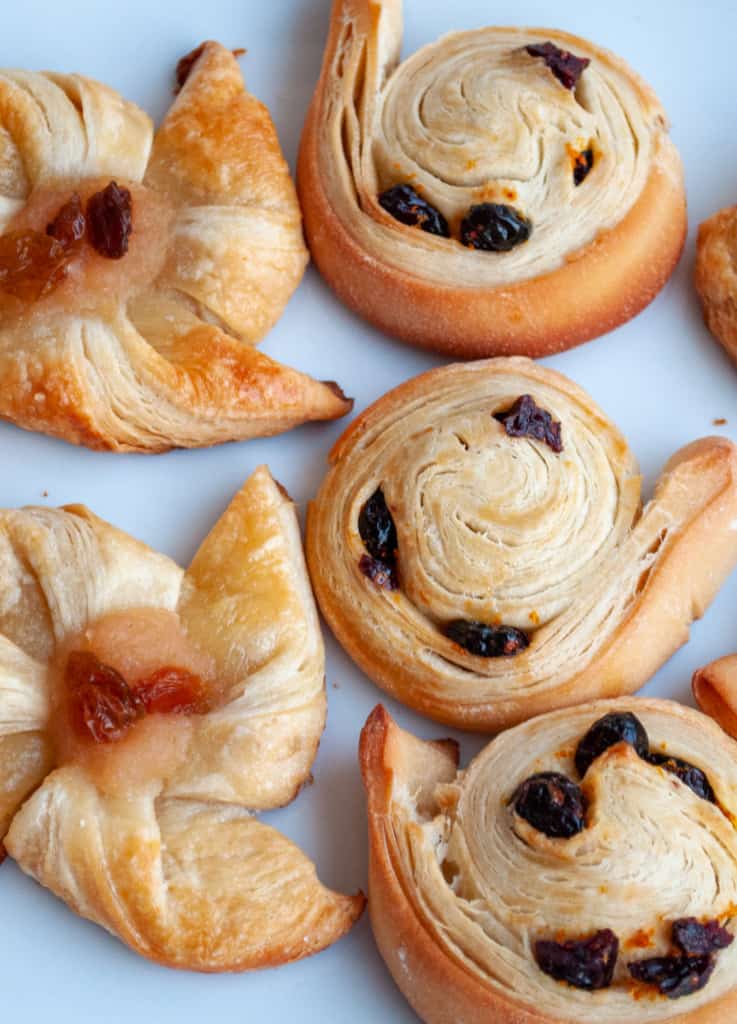
Danish Pastry should have 27 layers of dough and butter folded together. That sounds like A LOT but honestly once you fold in the butter layer and get into the turning it goes along fairly quickly. I didn’t count mine, but I should have stopped to make sure I had at least 27 layers.
What Do You Put in a Danish?
The short answer is ANYTHING! You can do little bits of jams or jelly. Try thick apple sauce or pear butter. Have marzipan? You can add a layer of that to your Danishes. You can do savory things too like bacon, mushroom, cheese, and so on.

The thing is you don’t need a LOT of filling for most of the pastries. AND the dough is so flexible you can make this recipe, and make 4 different kinds of Danishes with it!

How to Shape Danishes
There are SO many shapes for Danishes. You can watch Collection 4 on Netflix and get a good idea of some of the shapes that are acceptable. You can also look at this article in Scandinavia Standard about the different classic shapes of Danish. And think back on the different shapes of pastries you’ve enjoyed and get inspired!

How to Make Danish Pastry
- First things first KEEP IT COLD-cold butter, cold proving the dough, cold milk with yeast all of it cold
- set aside the day for it, you won’t be working the WHOLE time but it’s a project that can’t be rushed
- when folding and rolling do not tear the dough, you don’t want the butter to leak out
- Filling amounts vary, be prepared to have a little leftover OR to stretch it a little, I generally try to divide the filling into how ever many danishes I’m making and work on it that-then at least they’re all equally filled
- for savory OR sweet pastries you need the sugar in the dough
- dust your work surface with flour but not too much flour, and brush off any extra flour on your pastry in between folds
- if your pastry rips a little you can simply dust that area with a little flour and keep working
- the main thing you want to avoid is the butter leaking out
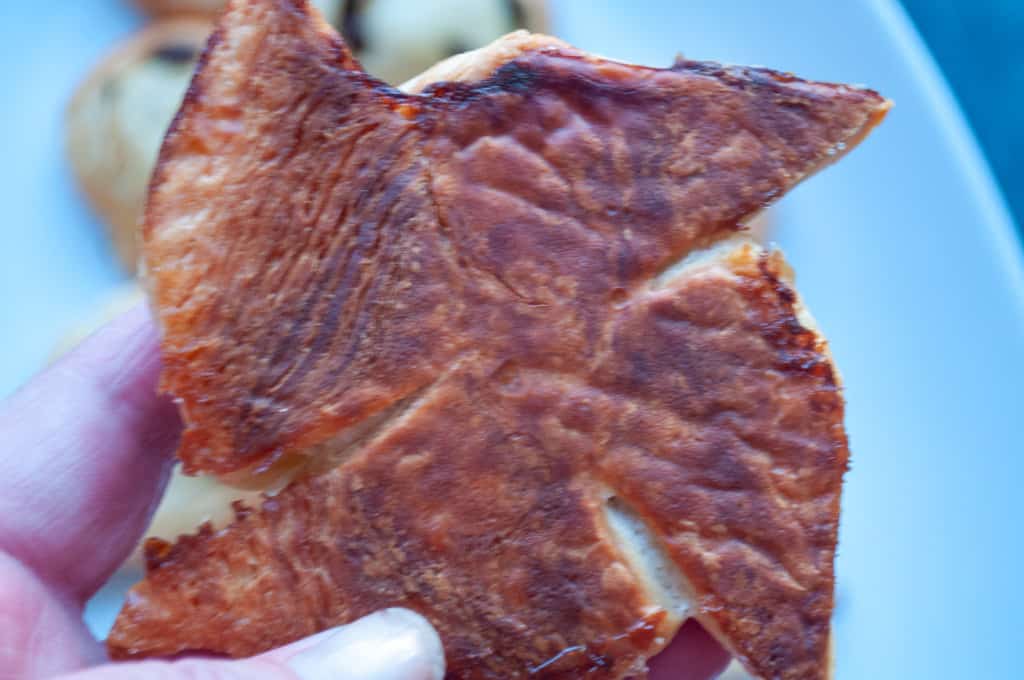
How to Keep The Butter From Leaking Out of Your Danishes
I did NOT have this problem but it’s always a worry with laminated dough. In the show they talk a lot about not tearing the dough to keep the butter in. That didn’t make sense to me because you’re literally CUTTING the dough but after thinking about it all week what I think they’re saying is: keep rolling and folding until the butter is so flat and spread so thin between layers it will cook into the pastry instead of OUT of the pastry.
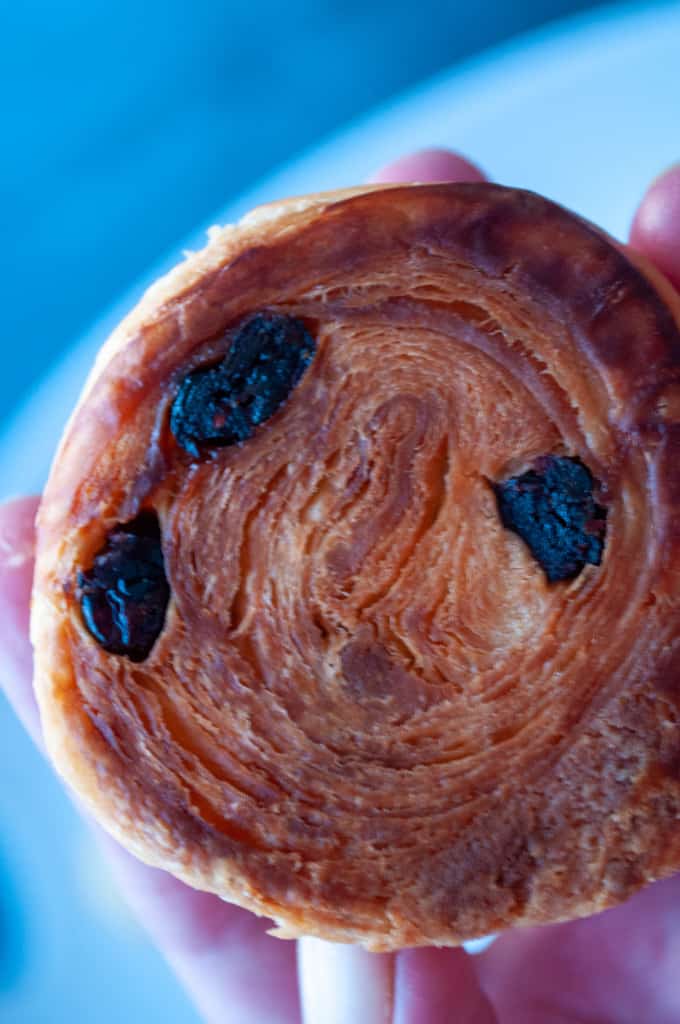
A few tips I gathered on the internet about keeping the butter IN the dough:
- fold and roll to spread the butter out
- keep it COLD to keep the butter from melting until the proving step
- don’t skimp on letting rise, let it proof until the yeast has made the dough visibly bigger and puffy
- don’t skip the proofing process or the yeast will explode in the oven and the butter will run out (straight from Paul’s mouth on this episode)

What Tools do you Need for Danish Pastry?
- heavy sturdy rolling pin for bashing the butter AND rolling dough
- a kitchenaid or a place to knead dough
- a refrigerator for chilling ingredients along the way
- parchment paper
- baking trays
- measuring tape

Easy Danish Pastry
Equipment
Ingredients
- 16 1/2 TBSP 250 grams cold butter
- 4 1/5 cups 500 grams all-purpose flour
- 1 1/4 tsp 7 grams salt
- 1/3 cup 80 grams granulated sugar
- 1 TBSP 10 grams instant yeast
- 260 ml milk
- 1 egg
Instructions
- place the butter on a piece of parchment paper then use a rolling pin to bash it out to a rectangle 12X6 inches, cover, and refrigerate

- put the flour, sugar, salt in the bowl of a mixer
- mix the milk and yeast together add egg and mix again
- add the liquids to the flour and stir to combine
- if the mix is really dry add another TBSP of milk and continue mixing
- when it comes together as a dough let the machine knead it for 4-5 minutes
- wrap in plastic wrap or place in a sealed proving box and put in the refrigerator for 2 hours

- after 2 hours roll the dough out to about 24 by 12 inches on a lightly floured counter
- lay the butter over the center, fold the edges in to meet, pinching them shut and covering the butter completely, fold in half, cover tightly refrigerate for 30 minutes
- pull it out, turn a quarter turn from the last way you rolled, roll it out to a long rectangle, fold in half, refrigerate
- repeat the roll, fold and refrigerate two more times
- from here your dough is ready to use you can cover and refrigerate overnight for best results OR cover it tightly and refrigerate for at least 30 minutes
- when ready to use divide the dough in half, cover one half, and set aside
- with the other half roll it out and cut desired shapes, fill, cover and proof for 1-2 hours, then egg wash them before baking in 350˚ oven for 20-30 minutes until lightly brown on top, and crispy on the bottom
- to make the TWO styles that I created here’s what I did:
For the Cranberry-Orange Rolls: toss 1/2 cup dried cranberries with the zest of an orange and set aside
Roll out 1/2 of the batch of dough into a rectangle about 13X10
sprinkle with the prepared cranberries, roll loosely from the long side, trim ends, mark in 1-inch increments, cut, place on a parchment-lined baking sheet, cover, and let rise for 1-2 hours until puffy, brush with an egg was and bake in a preheated oven for 22-25 minutes
For the Apple Pinwheels: Roll half of the batch of dough into a 16X12 inch rectangle, cut into 12 equal pieces
move to a parchment-lined baking sheet cut 4 diagonal lines from the corners, use a little water and fold one tip of each corner in to make the pinwheel, use the water to stick the dough down
brush with egg wash sprinkle with granulated sugar
place about 1 tsp of apple sauce in the center, put a couple of raisins in the apple sauce if desired (I thought they might soak up any liquid off the apple sauce) cover, prove for 1-2 hours until puffy, bake for 25-30 minutes until the top is browned and the bottoms are crispy



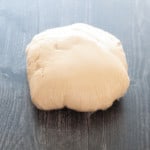


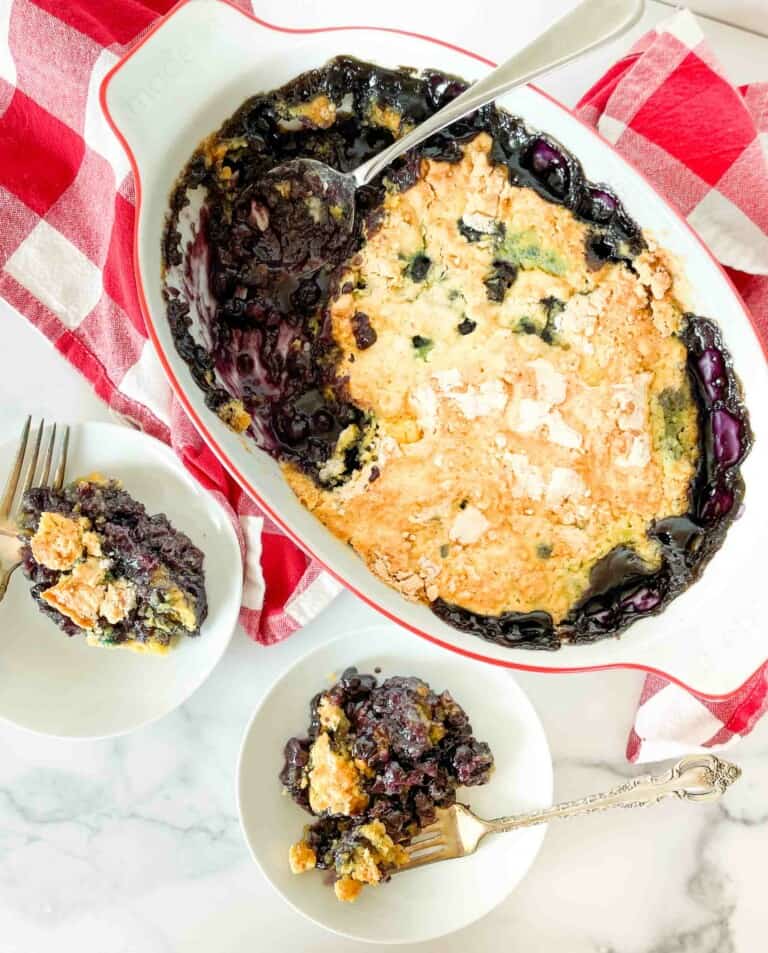
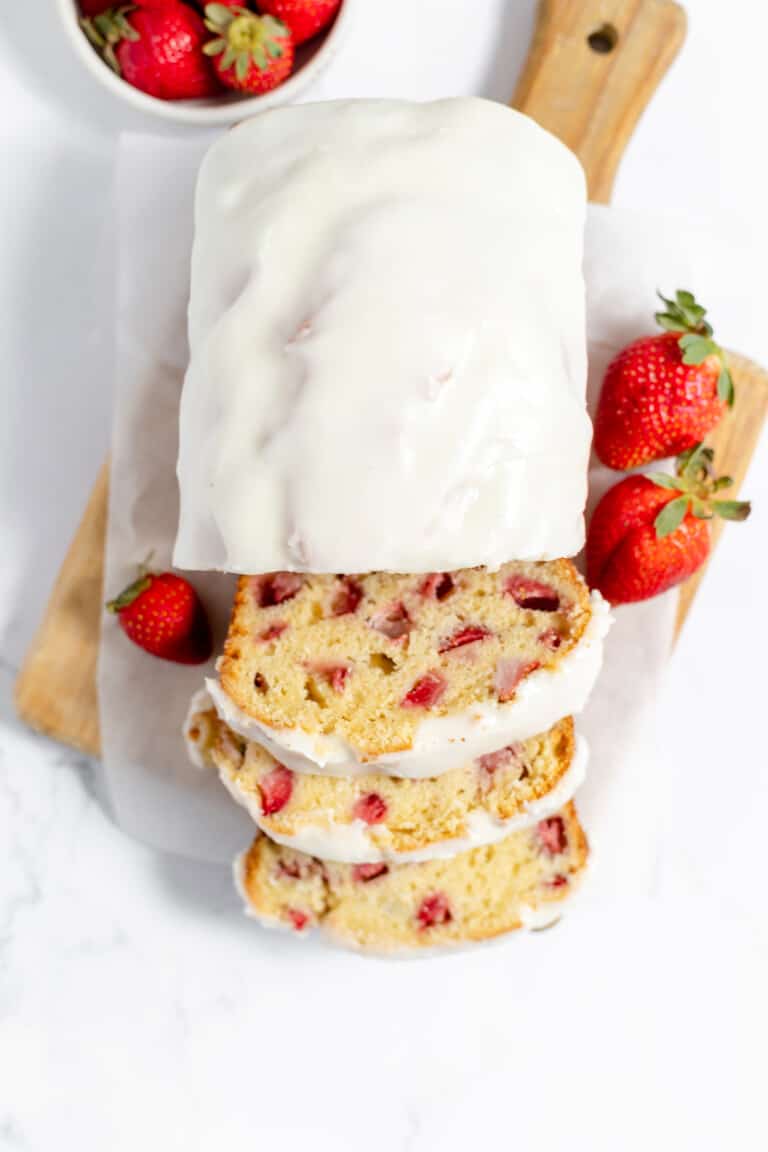
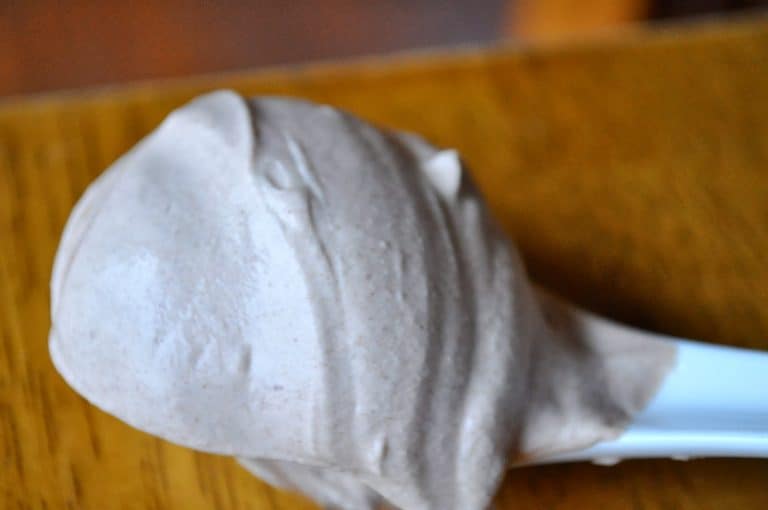
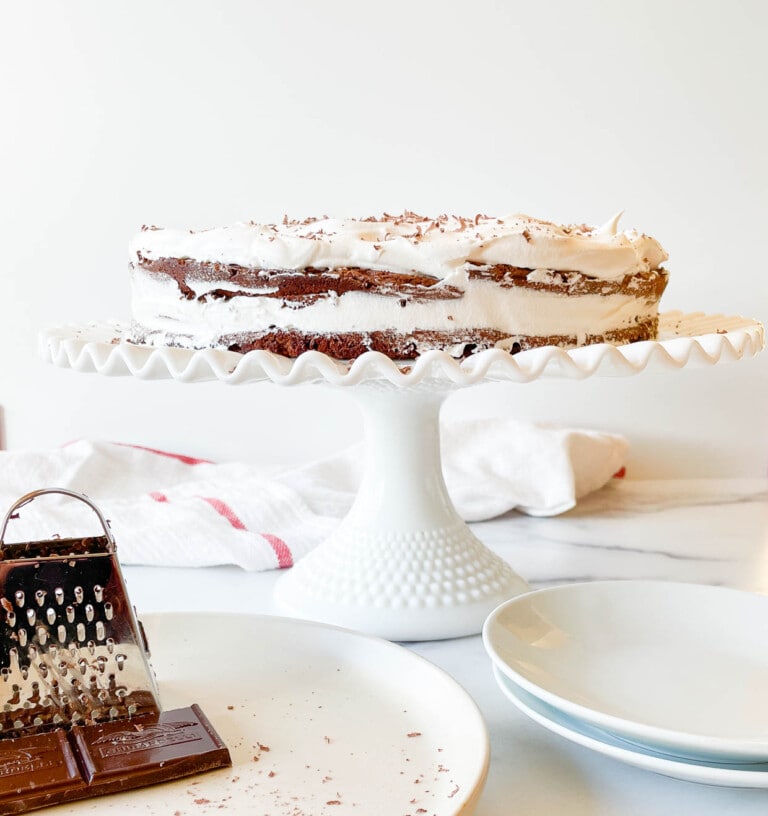

Add the yeast to the cold milk right out of the fridge? Or warm the milk first?
cool milk, you don’t want it to grow now, and you need to keep all the components cold!
do you use salted or unsalted butter in this??
Always use unsalted butter then you control the salt.